
For a nearly 50-year stretch of Academy Awards history, it seemed that the only costume designer in all of Hollywood was Edith Head.
Not only did Head create costumes for films such as "The Sting," "Rear Window," "Notorious" and "Funny Face," she also dressed actresses such as Elizabeth Taylor and Grace Kelly for the awards themselves. Head helped craft the icy, sophisticated aesthetic of Alfred Hitchcock's heroines. She, along with Hubert de Givenchy, helped to define Audrey Hepburn's eccentric gamine. She set the standard for movie wardrobes.
Head created the template for the modern costume designer: someone able to establish the tone, mood and authenticity of a film - as well as its stars - with yards of cotton and silk.
When the first Oscar for costume design was awarded in 1949, Head was nominated for her work on "The Emperor Waltz," a Billy Wilder movie starring Bing Crosby and Joan Fontaine. She didn't win, but it was the first of 35 nominations over the course of her career. In 1950, she took home the first of her record eight Oscars for the Olivia de Havilland film "The Heiress."
One of the threads connecting her many wins is that the clothes were invariably gorgeous. The films for which she was nominated were, typically, beautifully stunning period pieces or contemporary stories with a coating of glamour. The ensembles were ones that the audience could only fantasize about wearing. In many ways, that trend holds true today.
"I think there is definitely a bias in Hollywood for a lot of pretty pictures," says costume designer Ruth E. Carter, whose work is currently on screen in "Black Panther." Carter was nominated for 1992's "Malcolm X" and the 1997 slavery drama "Amistad." She has never won.
"My pictures aren't pretty," she says of her past work. "But they're accurate."
The film academy likes fantasies and grand gestures. It celebrates movies in which the costumes are distinct characters or self-conscious plot points. In 2007, for example, the fashion-centric film "The Devil Wears Prada" received a nomination for costume designer Patricia Field. In 1978, John Mollo won the Oscar for his character-making costumes for "Star Wars."
So it's no surprise this year that Mark Bridges was nominated for his work on "Phantom Thread," in which Daniel Day-Lewis plays a domineering fashion designer with a tortured relationship with his muse. The clothes are not avant-garde or even especially dynamic, but they speak to the kind of timeless beauty to which the main character aspires. Bridges was able to capture that sense of propriety and good taste in his scrupulously crafted day suits and evening gowns - the sort of clothes worn by women who lived public lives, but not necessarily interesting ones.
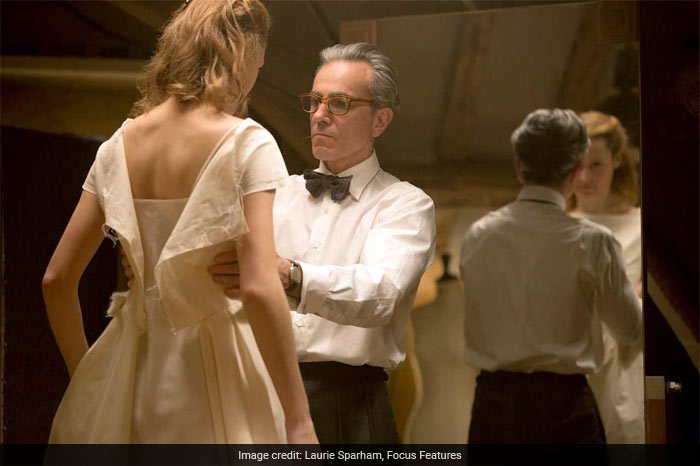
Day-Lewis' character tended to dress a client over the course of her lifetime, from her coming out in society to her wedding to her daughter's wedding. His clothes were meant to exude social continuity, not disruption.
The British costume designer Jacqueline Durran is nominated for her work on "Beauty and the Beast," a parable about inner beauty and love wrapped in a sugary tale of talking antiques, a foppish love interest and the melodic voice of Audra McDonald.
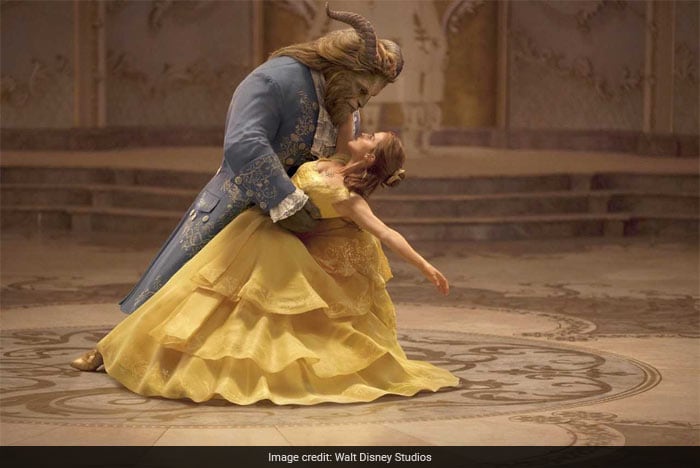
The costumes are vividly colored and have the glittery, happy glow of Disney: giant white ball gowns and one grand yellow one, enormous powdered wigs, puffy shirts and the somber palette of the beleaguered villagers. The costumes are as one might expect. They are not particularly surprising. They do not provide intriguing subtext to the plot. They are true to the musical fairy-tale genre.
Characters regularly burst into exuberant song. A pack of wolves bare their teeth, but there's never any threat that they will be successful in an attack; no one is grotesquely devoured in a Disney fairy tale. The poor are dressed in dung-colored breeches and pinafores. The nobles dance in vividly colored robes. Belle, played by Emma Watson, is beautiful. The prince-beast is, ultimately, gloriously handsome. The end.
But Durran should be given an award if only for the breadth of the work on her resume; from last year. She's also nominated for "Darkest Hour" - a film that is, essentially, a study in gray. In scenes where Gary Oldman, as Winston Churchill, addresses Parliament, the room is a blur of men in dark suits with columns of smoky light cutting through the air.
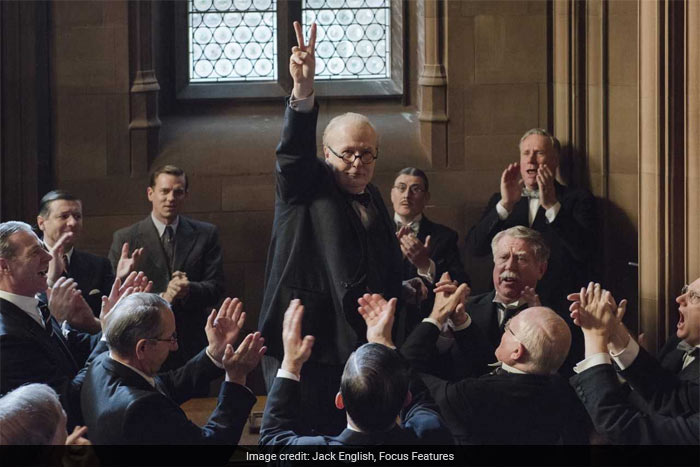
Churchill's great weapons are the words that he delivers with blistering eloquence and dignity. The power of his speech is the center of the film. And his appearance only amplifies that. The clothes are formal, dignified, structured, rule-bound, but also nuanced. Look closely, and one realizes that his austere attire is full of subtlety and texture. The suit that at first glance looks staid and unimaginative is actually a three-piece pin-striped suit worn with a polka dot bow tie. It's the uniform of a Prime Minister, but it is distinctive.
When Churchill learns that he's been tapped for the top job, he's with his wife, Clementine, played by Kristin Scott Thomas. In the scene, she's like a visual jolt of optimism and encouragement, dressed in a trim white suit that matches her steely platinum curls. She is the light as Churchill plods his way to his final argument that the British must fight Hitler - no matter how desperate the situation - rather than bargain with him.
The Irish costume designer Consolata Boyle was nominated for her work on "Victoria & Abdul," which is directed by Stephen Frears - a director with whom she frequently collaborates. Her costumes function as beautifully articulated extensions of the plot. The film tells the story of a friendship between Queen Victoria and Abdul Karim, an Indian servant who eventually becomes her teacher. The queen, played by Judi Dench, is dressed in black - a reflection of her enduring state of mourning for decades after the death of her husband. Karim (Ali Fazal) arrives in London from the colonies because he's been called up for the queen's Golden Jubilee.
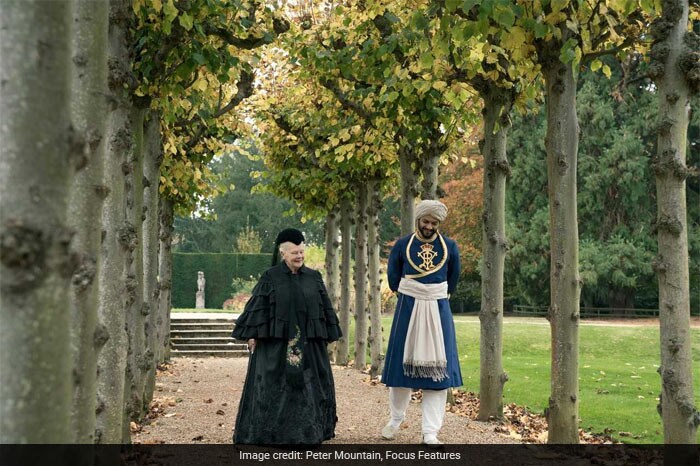
Before taking part in the ceremony, he's wardrobed in "traditional" attire, which the British have crafted based on Indian drawings. As his dresser begins to wrap a sash around his waist, Karim protests that sashes aren't traditional. "The Indian drawings didn't look very Indian," the tailor explains. So the British added a sash.
The moment underscores the film's fundamental tension between two different cultures, between classes, between occupier and the occupied. There is a constant visual argument over how things are, how they are perceived and how they should be.
Clothes, as a topic of conversation, reveal the queen's sense of resignation and humor about the trappings and demands of her life. During a visit to rainy, cold Balmoral, she asks Karim how he likes his new Scottish costume. It's scratchy, he replies. "Everything in Scotland is scratchy," says the queen, which is to say that everything is uncomfortable and, yet, seemingly unchangeable.
When Karim's wife and mother-in-law join him in England, they're dressed in burqas. Queen Victoria marvels at their attire, calling it dignified. She longs for the ability to find privacy and solitude. She might not grasp the full depth of the burqas' meaning, but she is drawn to the idea of hiding in plain sight.
Throughout the film, the queen wears her mourning costumes, but she is not a mountain of black. She is a richly rendered character in shades of gray, in embroidery and lace. And Karim, as he becomes ever more valued by the queen, dresses in robes and turbans that are increasingly gilded. He no longer dresses like a servant, but like a man of some authority - though one still out of place in the royal court.
The clothes track the evolving relationship between these two curious characters. They tell a story as plainly as the dialogue, sometimes with bold strokes and sometimes with a whisper.
The fifth film recognized for its costumes this year is "The Shape of Water," directed and co-written by Guillermo del Toro and with costumes designed by Luis Sequeira. It's another fairy tale - a story about a strange amphibian creature pulled from a South American river and transported to a secret government laboratory in Baltimore during the Cold War. The government believes the mysterious, vaguely human like creature could be helpful in the space race. Elisa, a mute janitor played by Sally Hawkins, falls in love with it. Michael Shannon is the ruthless government agent who would like to vivisect the creature.
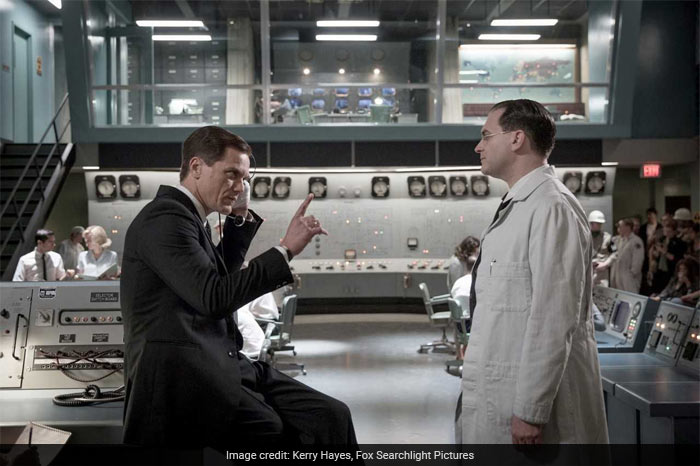
The costumes stand out, in part, because at first glance they seem so ordinary. But they are not.
Shannon wears a charcoal suit, white shirt, dark narrow tie and a white pocket square folded with knife-like sharpness. Elisa and her janitor friend Zelda (Octavia Spencer) wear prim uniforms with little sweaters that make them look more like they're reshelving books in a library than cleaning urine off bathroom walls with a mop. They are very well-dressed janitors. In heels.
The film's characters exist in shades of brown and gray, navy and taupe. When Shannon goes home at the end of the day, he steps into a mid-century modern home, with expansive glass walls and a wife and children who glow in a wardrobe filled with shades of orange and butterscotch. It's as though Shannon stepped into some Technicolor lie about governments, intelligence and heroes.
Of all the costume designers nominated, Sequeira has, perhaps, the most challenging job. He must render unbelievable characters believable through their attire. Their clothes must root them in reality but not wholly tether them to it. For the film to find its bearings, the audience must be willing to suspend disbelief. And yet still find something in the story and the characters with which to connect.
At heart, "The Shape of Water'" is the story of a lonely woman rescued by romance. It's an old story. Sequeira's costumes are quietly masterful in helping to sell it anew.
Track Latest News Live on NDTV.com and get news updates from India and around the world
